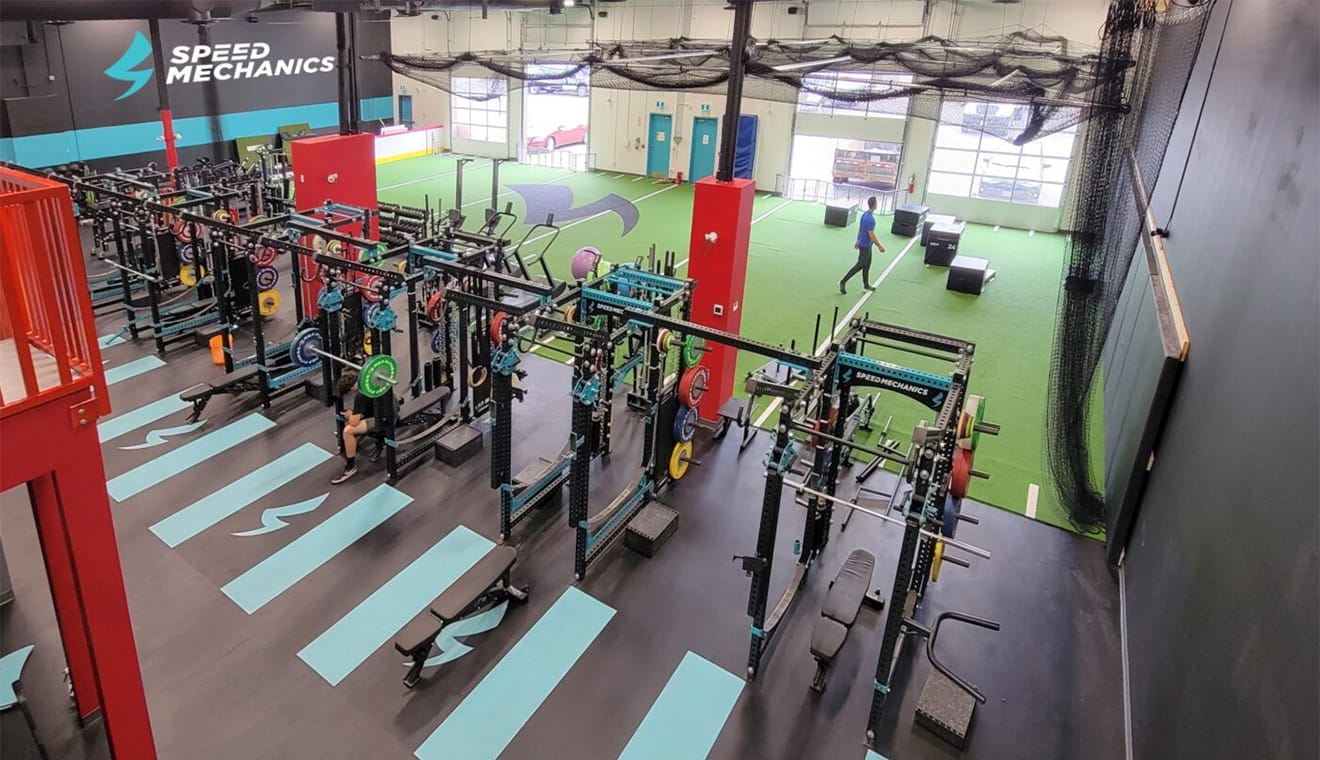
Speed Mechanics
206-721 Vanalman Ave.
Victoria BC V8Z 3B6
– Youth Athletic Development, Adult Group Training, Personal Coaching, Semi-Private Coaching, Nutritional Coaching and Mental Skills Training.

Continuum Health
Centre
206-721 Vanalman Ave.
Victoria BC V8Z 3B6
– Physiotherapy, Chiropractic, Naturopathy, Mental Skills Training, Clinical Counselling and Nutritional Coaching.

